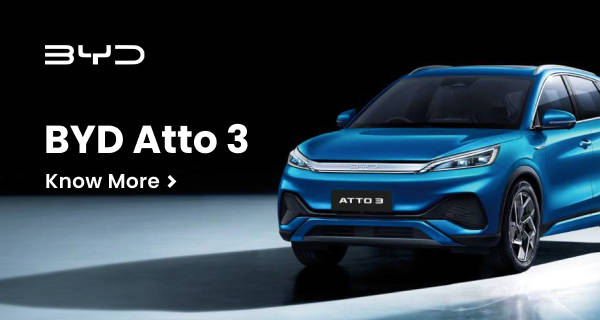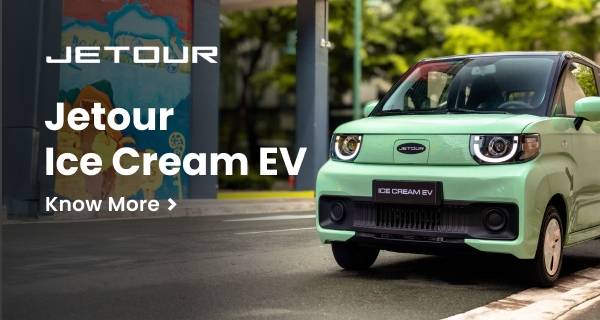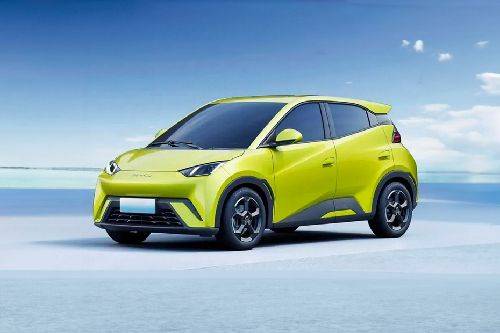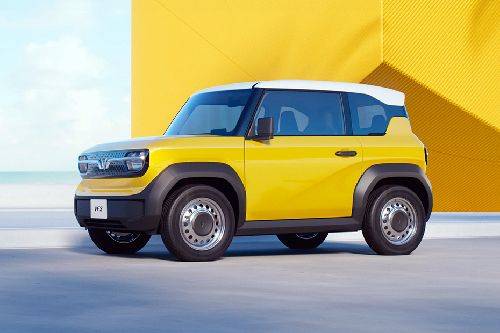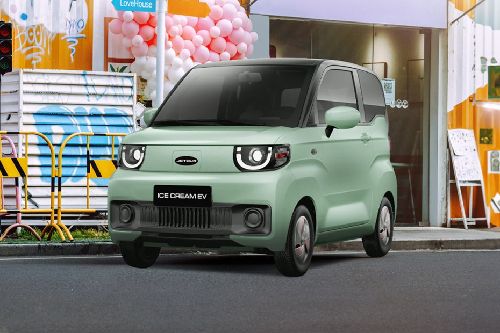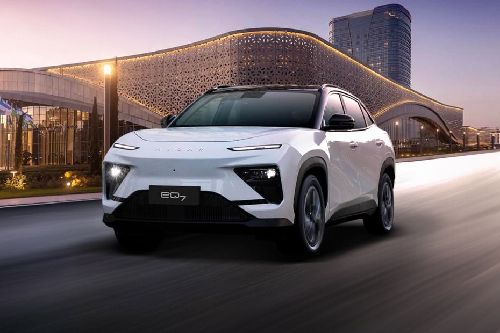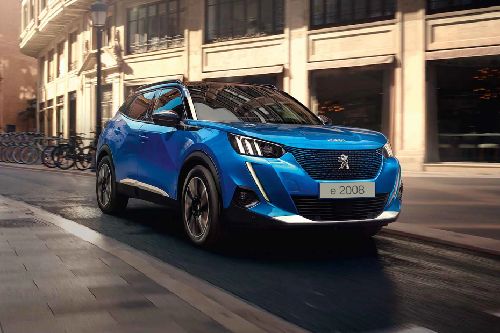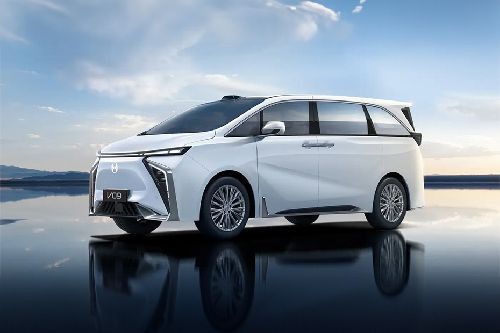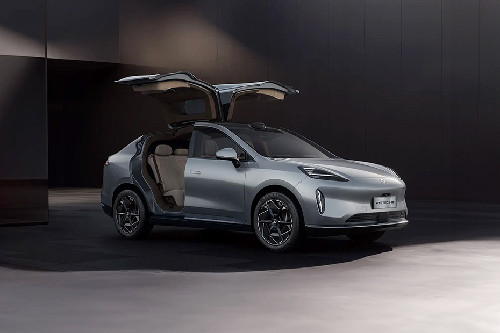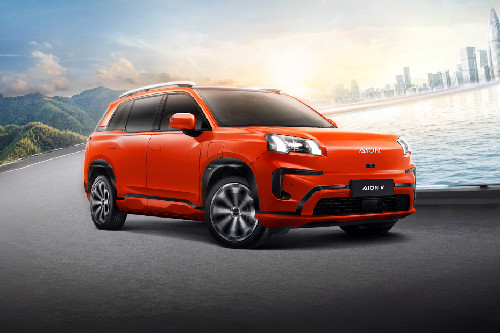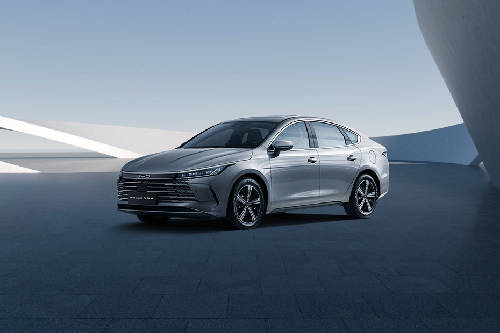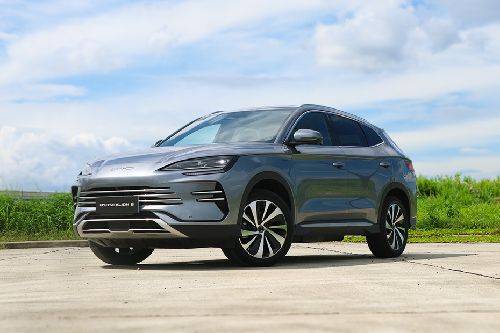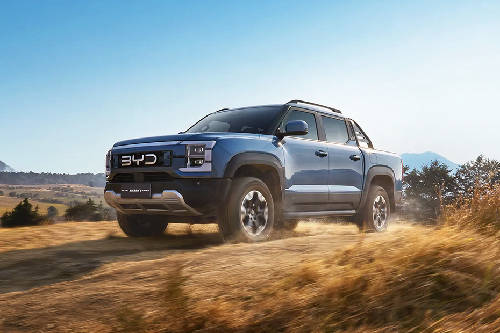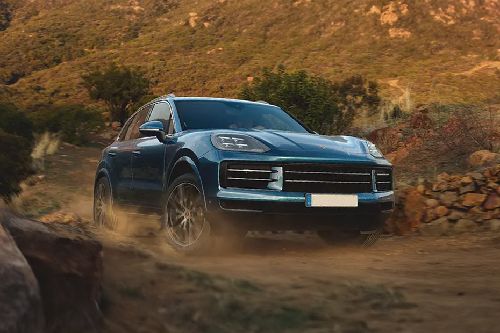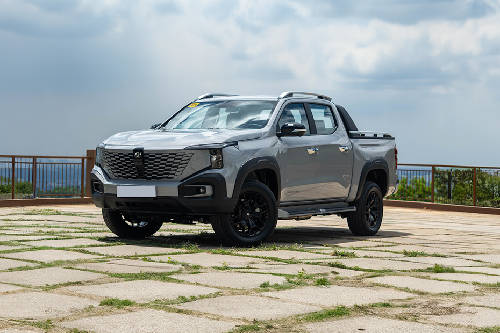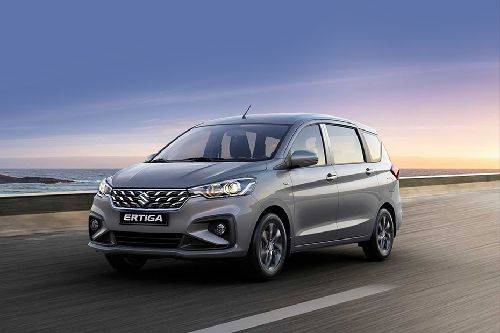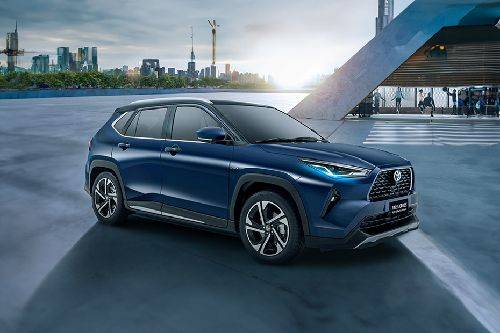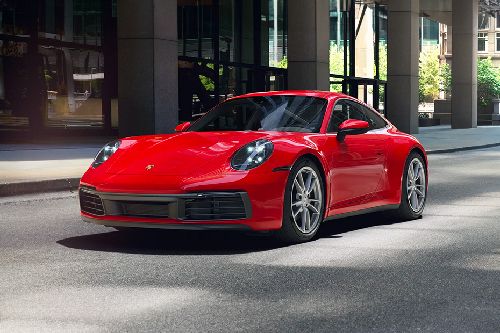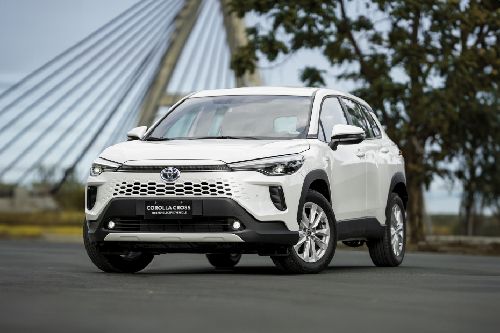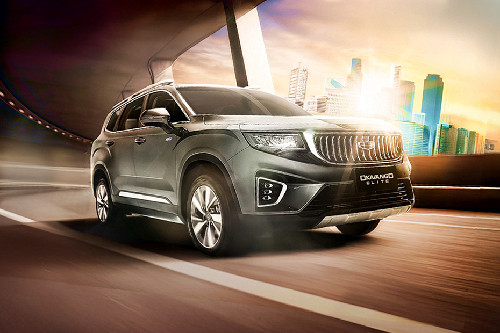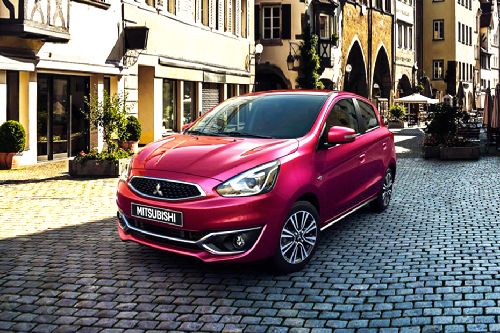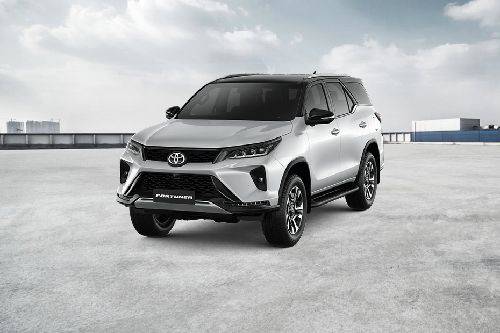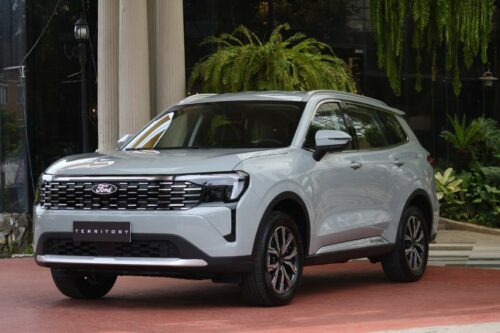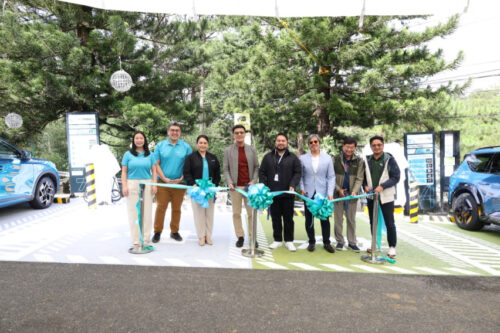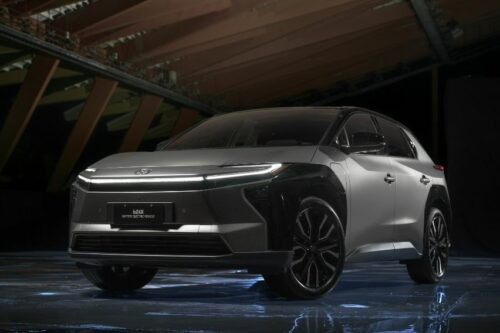Electric Cars
- Popular
- Upcoming
- Latest
Popular EV Brands
Must Read Article About EVs

With electric vehicles (EV) growing in popularity among Filipino enthusiasts, it’s only normal to see many of our site visitors...
Read MoreMisconceptions About Electric Vehicles

Why The Automotive Future Is Electric
As the name suggests electric cars run on electricity that is stored in the batteries. Compared to its ICE (internal combustion engine) vehicle counterparts, EVs are quieter and emit fewer pollutants. Here are its key features
![]() Lower Running Cost
Lower Running Cost
Upfront electric cars cost more than regular cars, however, it has a low running and maintenance cost.
![]() Easy To Drive
Easy To Drive
Electric cars are very easy to drive as they do not have any gears which the driver has to worry about. Better handling, responsiveness and comfort are offered due to its lower center of gravity. The electric engine offers smooth acceleration and deceleration which leads to a better driving experience.
![]() Eco-Friendly
Eco-Friendly
By choosing an electric car, an owner does his part to save and be gentle on the planet by completely eliminating carbon emissions. Unlike ICE cars, electric cars run on 100% renewable energy and they do not emit exhaust fumes and greenhouse gasses.
![]() Convenient Charging At Home
Convenient Charging At Home
Like most electronic devices, electric cars are super easy to charge. While it might take longer to refuel an electric car, some basic pre-planning will mitigate the impact. Most of the time changing is done overnight at or near the owner's home. And with access to rapid chargers (100kW) the entire process gets completed in a few minutes.
What Are Electric Vehicles Types?
Good And Bad Things About EV

- Advantages
- Disadvantages
-
 Reduced Carbon Footprint
Reduced Carbon Footprint
Electric vehicles emit zero CO2 and other greenhouse gasses, making them much more eco-friendly.
-
 Low Cost Of Ownership And Easy Maintenance
Low Cost Of Ownership And Easy Maintenance
With limited moving parts electric vehicles do not require much maintenance, also not many components require replacement even when used over a substantial period of time.
-
 Top-notch Performance
Top-notch Performance
Electric motors react much quicker than mechanical engines, thus offering more agility and torque.
-
 Noise-free And Spacious Cabin
Noise-free And Spacious Cabin
Electric cars use way less components compared to ICE cars this allows them to offer a spacious cabin and several storage options.
-
 Developing Charging Station Infrastructure
Developing Charging Station Infrastructure
EV charging infrastructure is still in the early phase and so it might be difficult to recharge the car outside home, especially when traveling through rural areas and on long-distance trips.
-
 Limited Range
Limited Range
An ICE vehicle offers much more driving range than an electric car which is a major issue on a long-distance trip.
-
 Charging Takes Time
Charging Takes Time
Recharging an electric car takes way more time then adding fuel to an ICE vehicle. While it takes just 5 minutes to re-fuel a conventional car, even with the fastest charging station a minimum 30 minutes time is required.
-
 Expensive Battery Replacement
Expensive Battery Replacement
An electric car’s battery pack would not require more than one replacement in the vehicle's lifetime; however, if and when the need arises it will be an expensive affair.
EV Running Cost Calculator
Saving Per Month
-
Ev Running Cost
-
ICE Running Cost
*Average {fuelType} price is {price} per litre
Enter Petrol PriceSwitch to EV and reduce CO2 emission by an estimated 500 kg/year which is equivalent to planting 10 new trees.

How To Maintain Your EV’s Battery
-
Avoid Exposure To High Temperatures
In order to keep the temperature under control for optimal efficiency, the automated temperature control system installed in the EV will work and drain the batteries.
-
Do Not Charge The Batteries 100%
It is never a good idea to fully charge the batteries as it affects the overall lifespan of the unit. Most EVs these days come fitted with a battery management system that helps avoid extreme state of charge.
-
Avoid Using Fast Chargers
While fast charging offers great convenience when the battery is about to die, doing it frequently will strain the battery and wane them faster than usual.
-
Maintain Optimal Battery State During Long Idle States
Experts do not recommend leaving the EV idle for long with a fully charged or empty battery charge, as it will cause degradation. Here a timed charger will come in handy.
-
Battery-efficient Driving
EVs battery life can be enhanced by driving in a battery-efficient way which includes regenerative braking, controlled acceleration, and right tyre pressure.
EV Cars Comparisons
Ev Cars Reviews
Frequently Asked Questions
What are the types of electric car?
There are three types of electric vehicles available for sale in Philippines:
- 1. Battery Electric Vehicles (BEVs) BEVs are also known as All-Electric Vehicles
- 2. Hybrid Electric Vehicle (HEV)
- 3. Plug-in Hybrid Electric Vehicle (PHEV)
Which are the popular electric cars in Philippines?
Top 5 popular electric cars in Philippines are Seagull, EJ6, VF 3, Ice Cream EV and Atto 3. To checkout the complete list of electric cars, Electric Cars
Are there any upcoming electric cars in Philippines?
Are there any hybrid cars available in Philippines?
Yes. There are hybrid cars available in Philippines. Top hybrid cars are Ertiga Hybrid, Yaris Cross, 911, Corolla Cross and Okavango. To checkout the complete list of hybrid cars, Hybrid Cars
Do electric cars have engines?
Electric cars are powered by large batteries and do not use an internal combustion motor. Battery can be charged through wall sockets or portable chargers.
